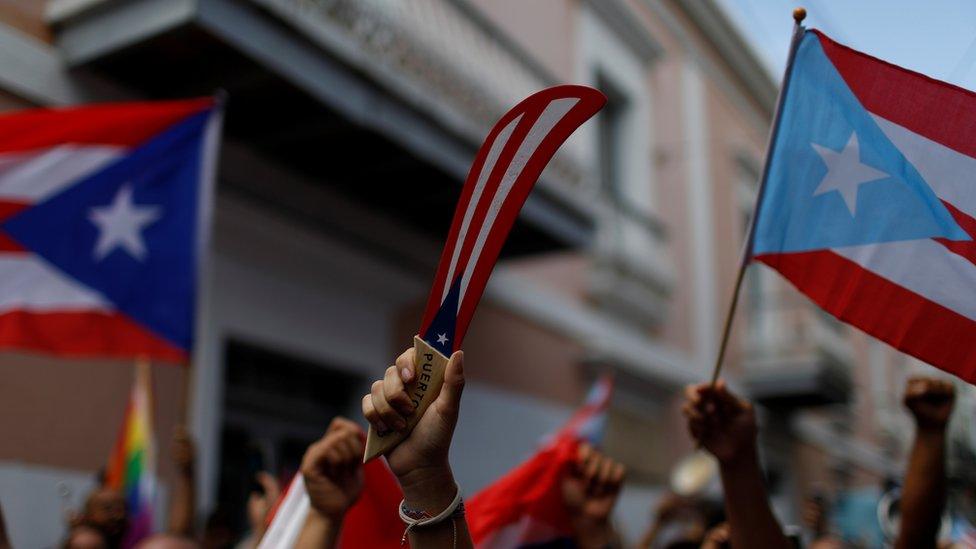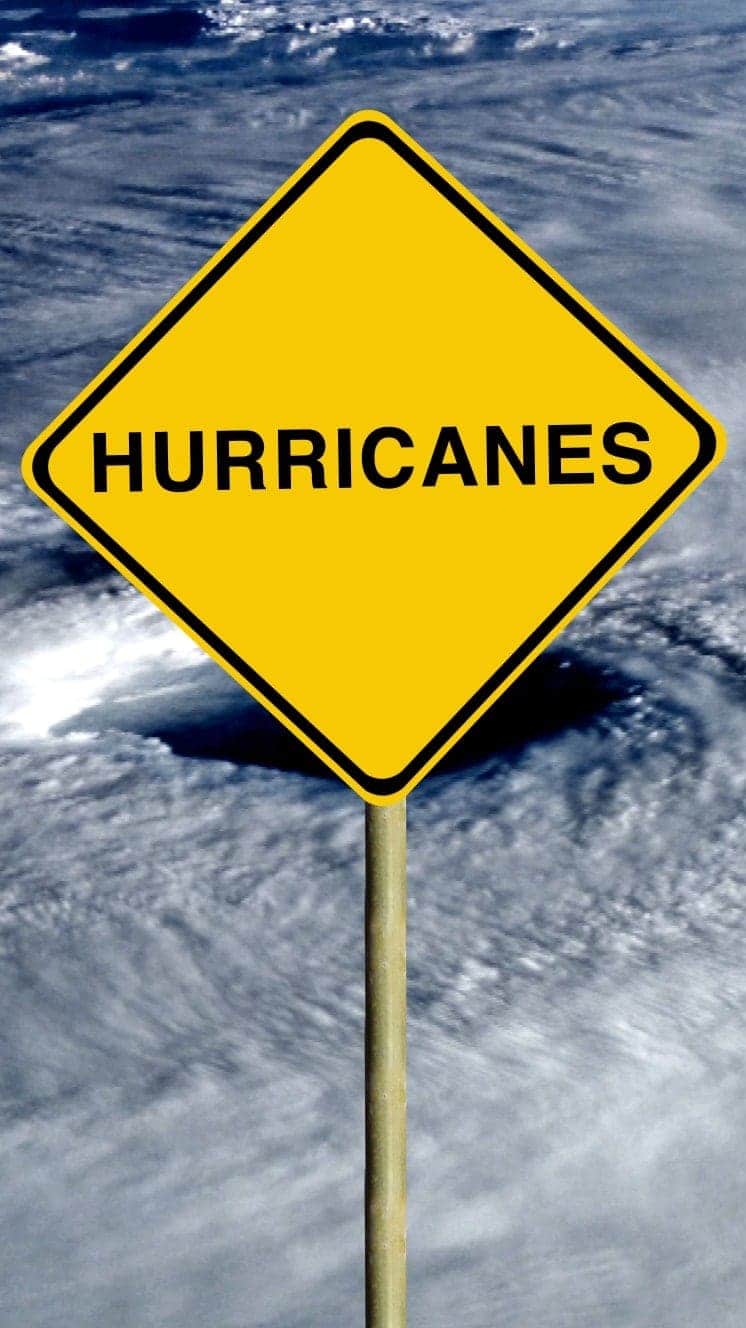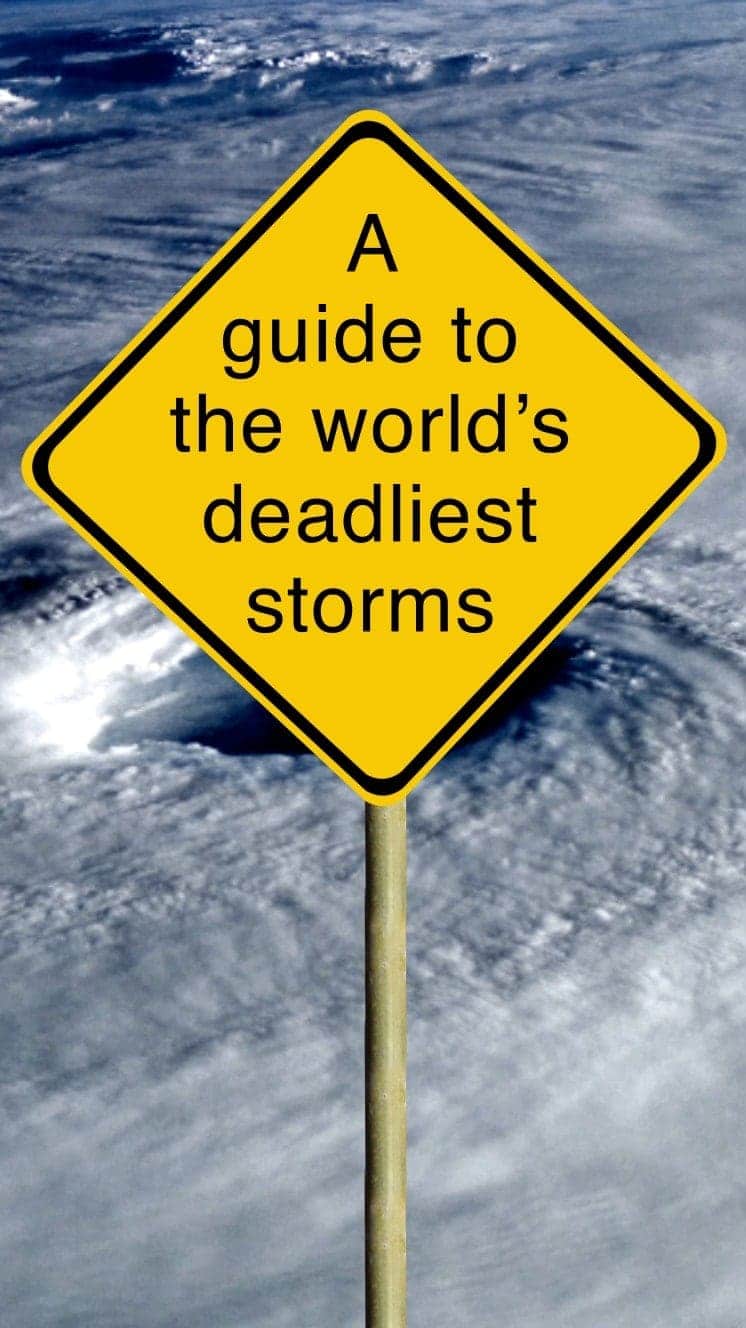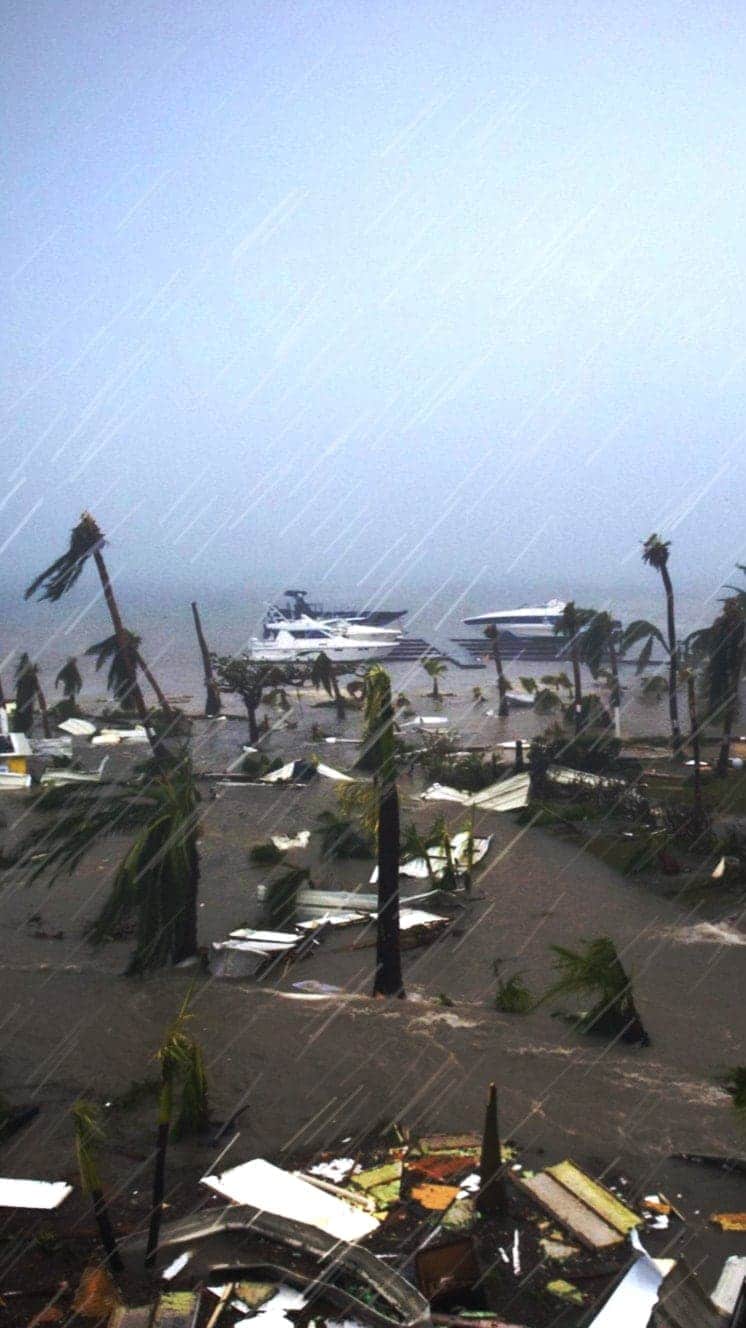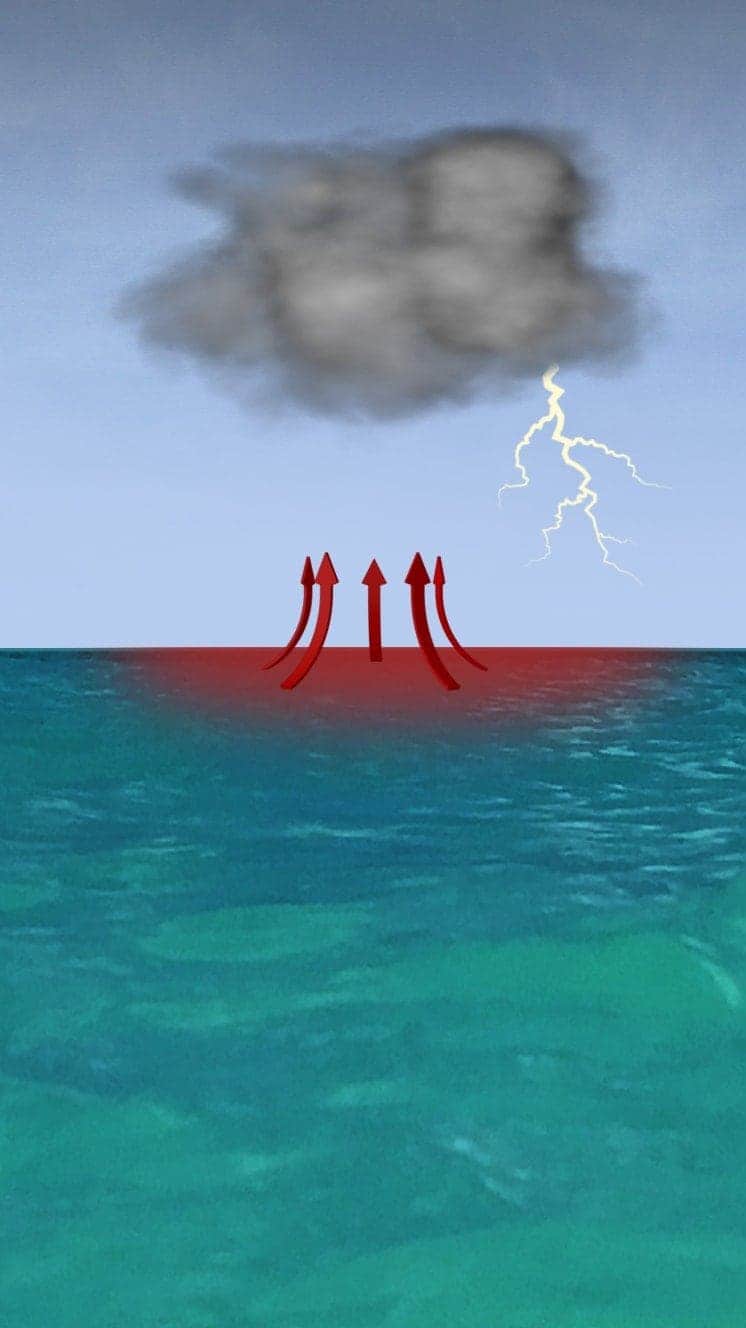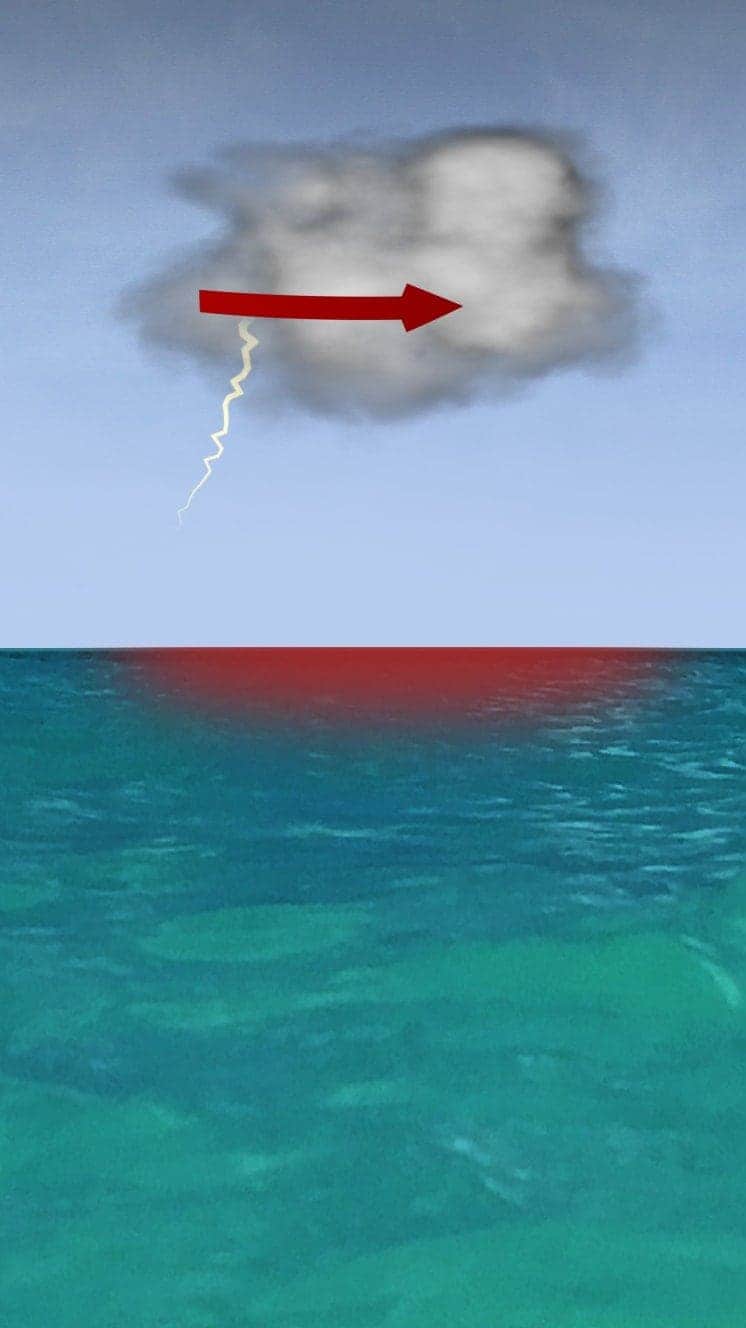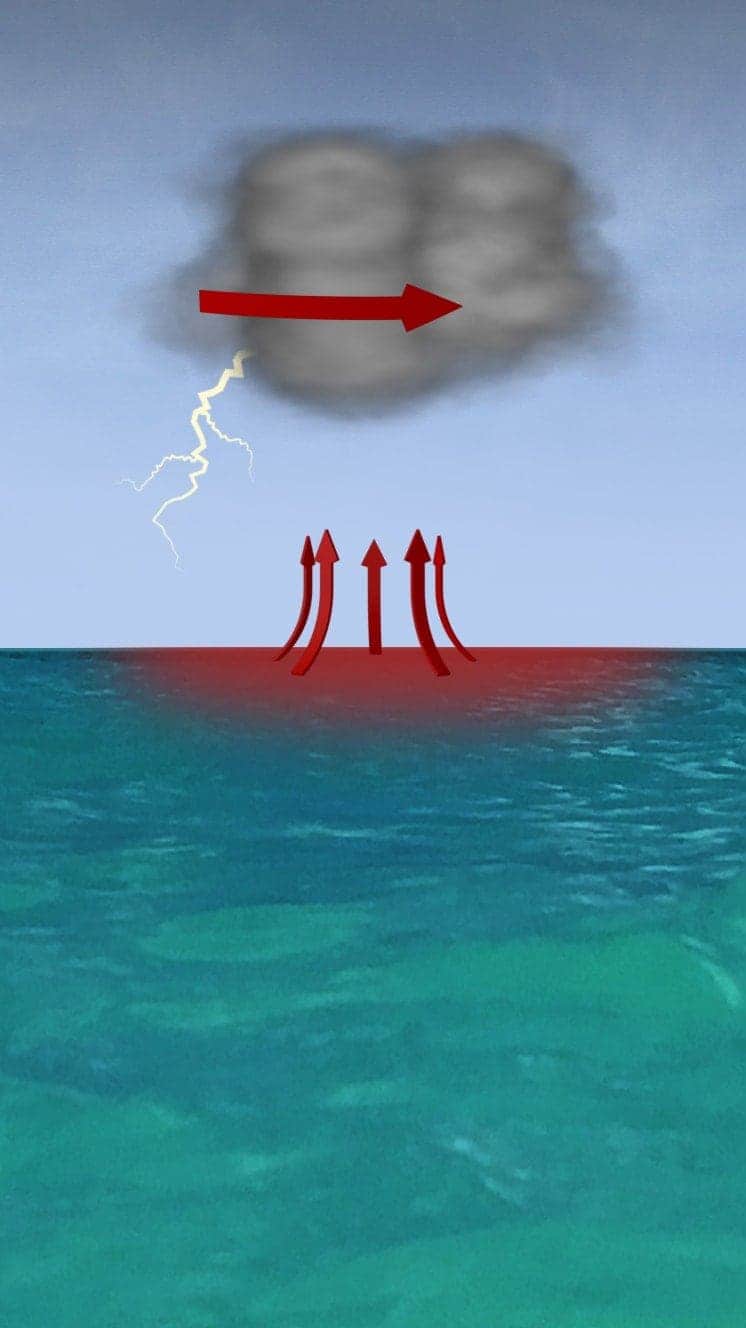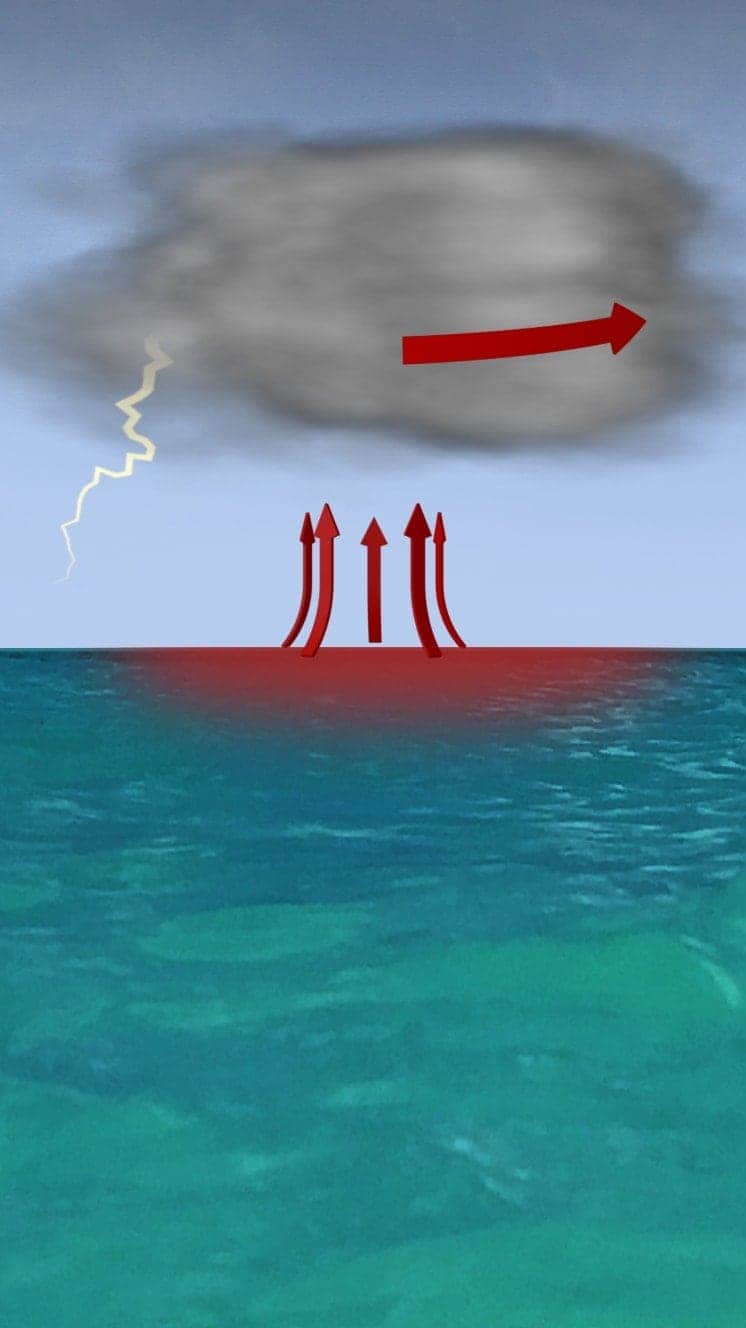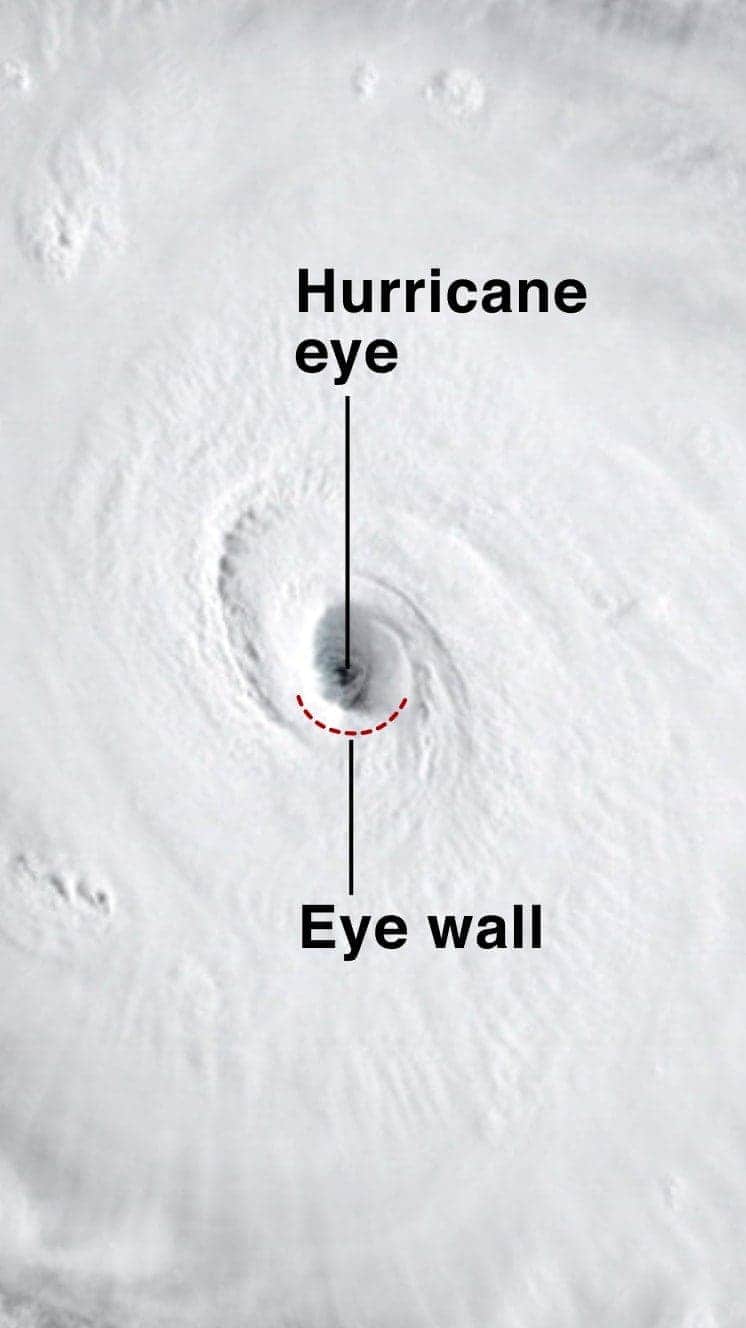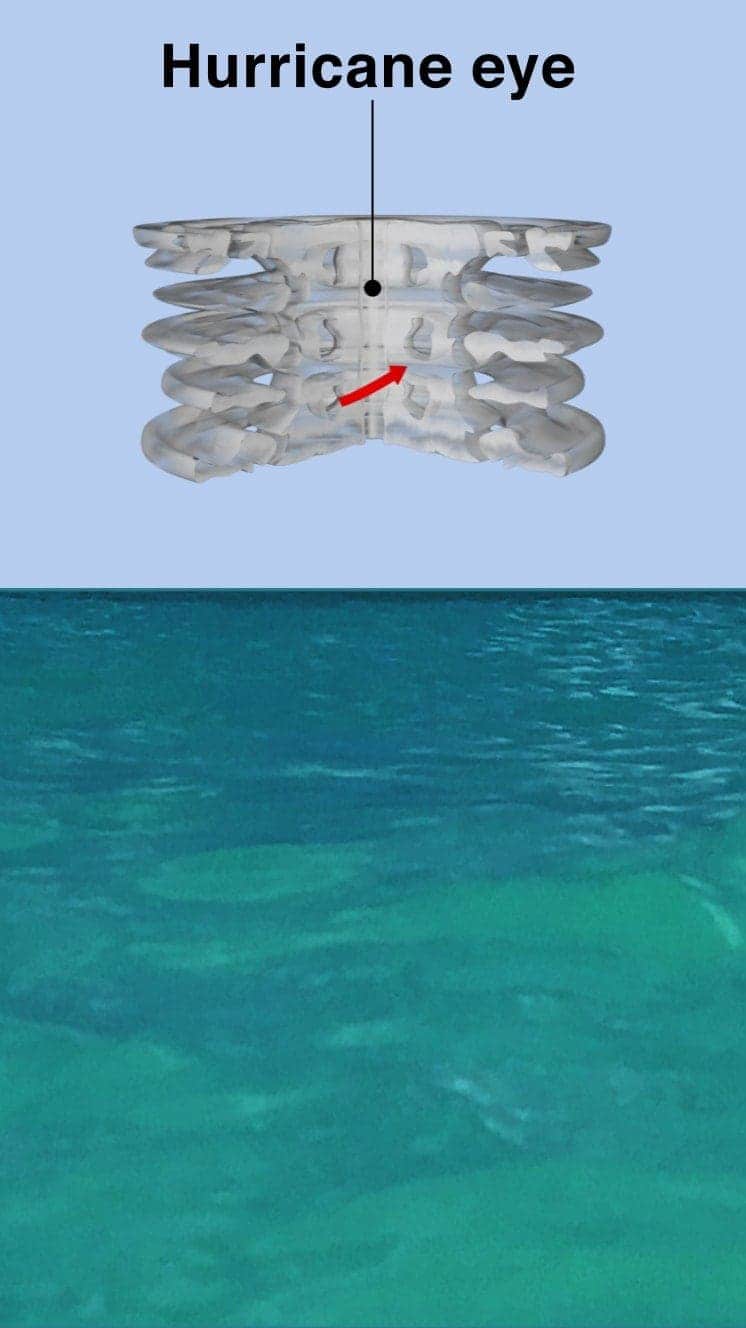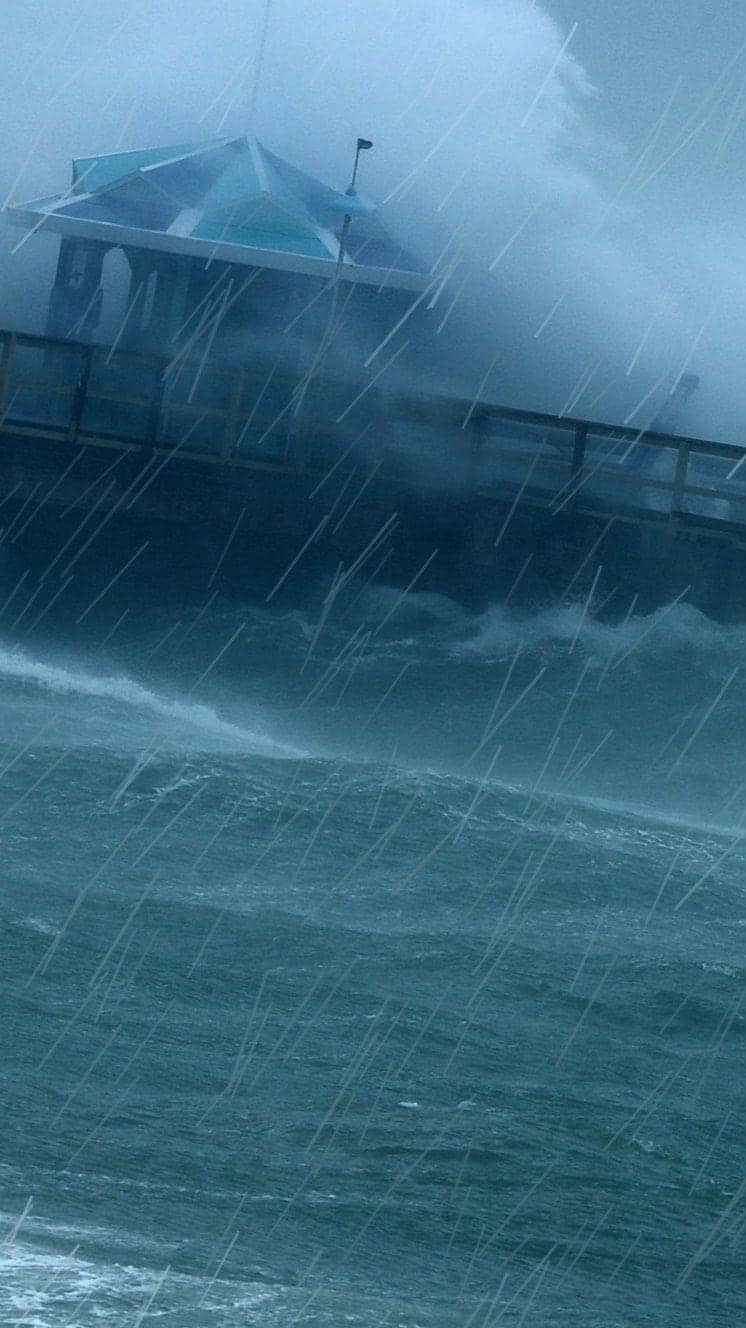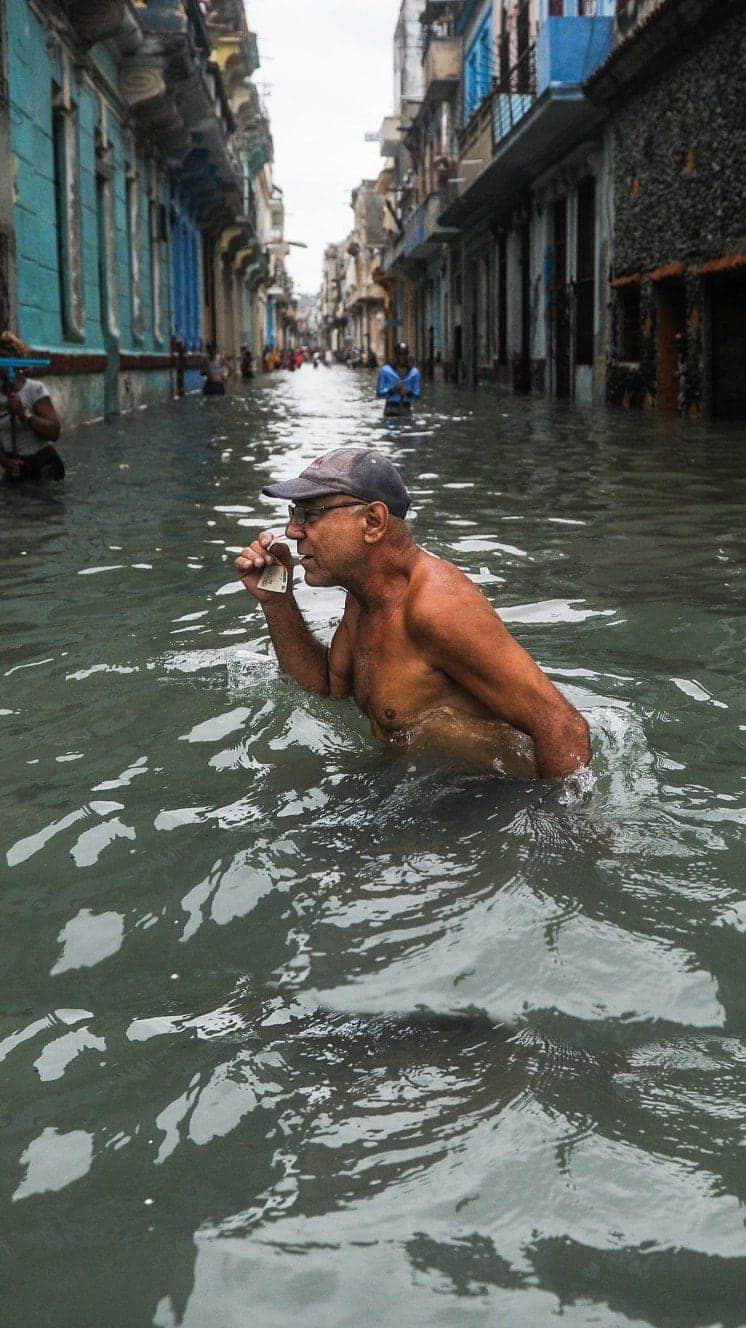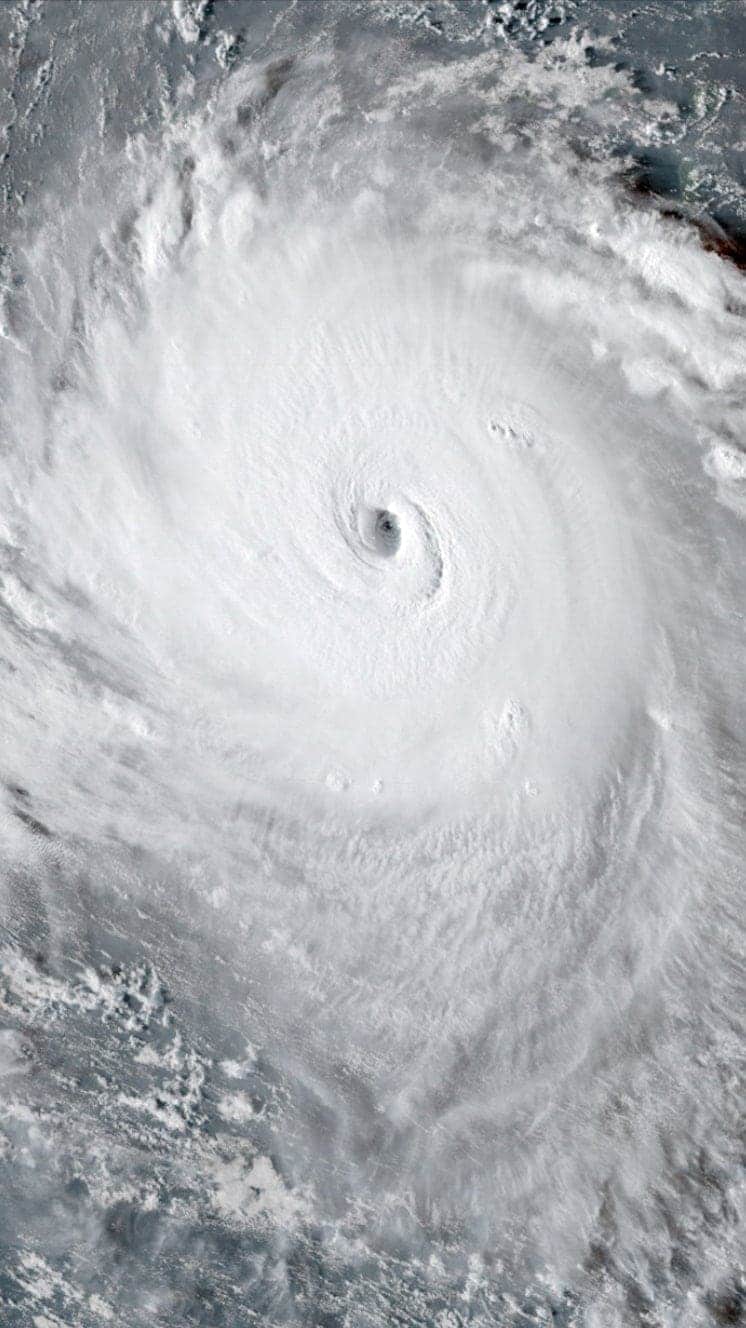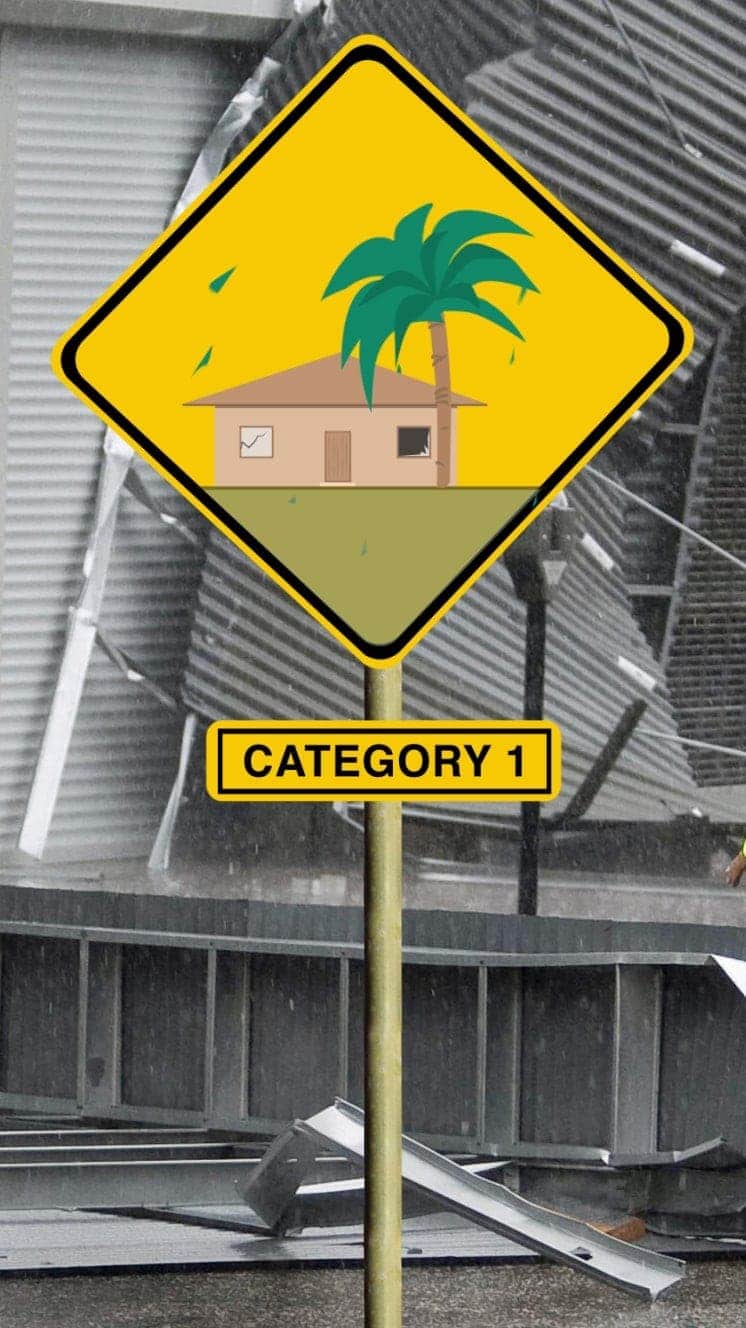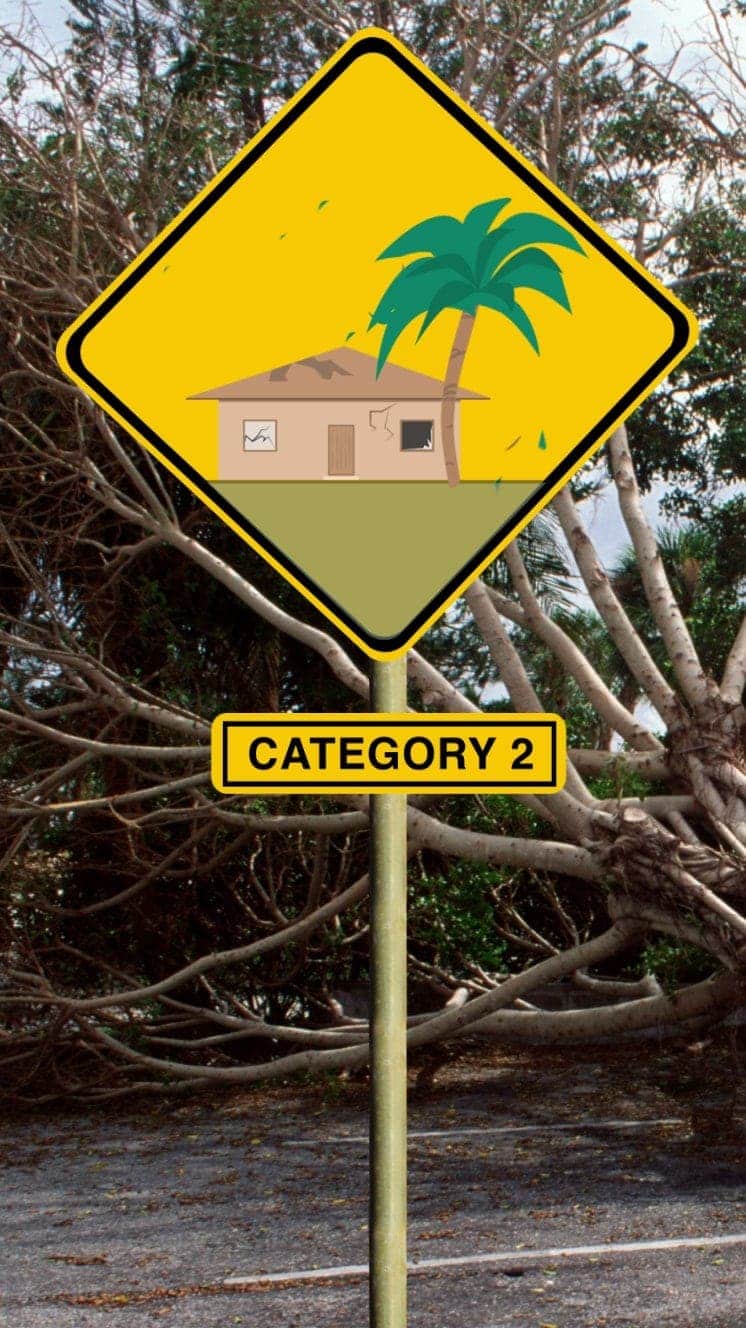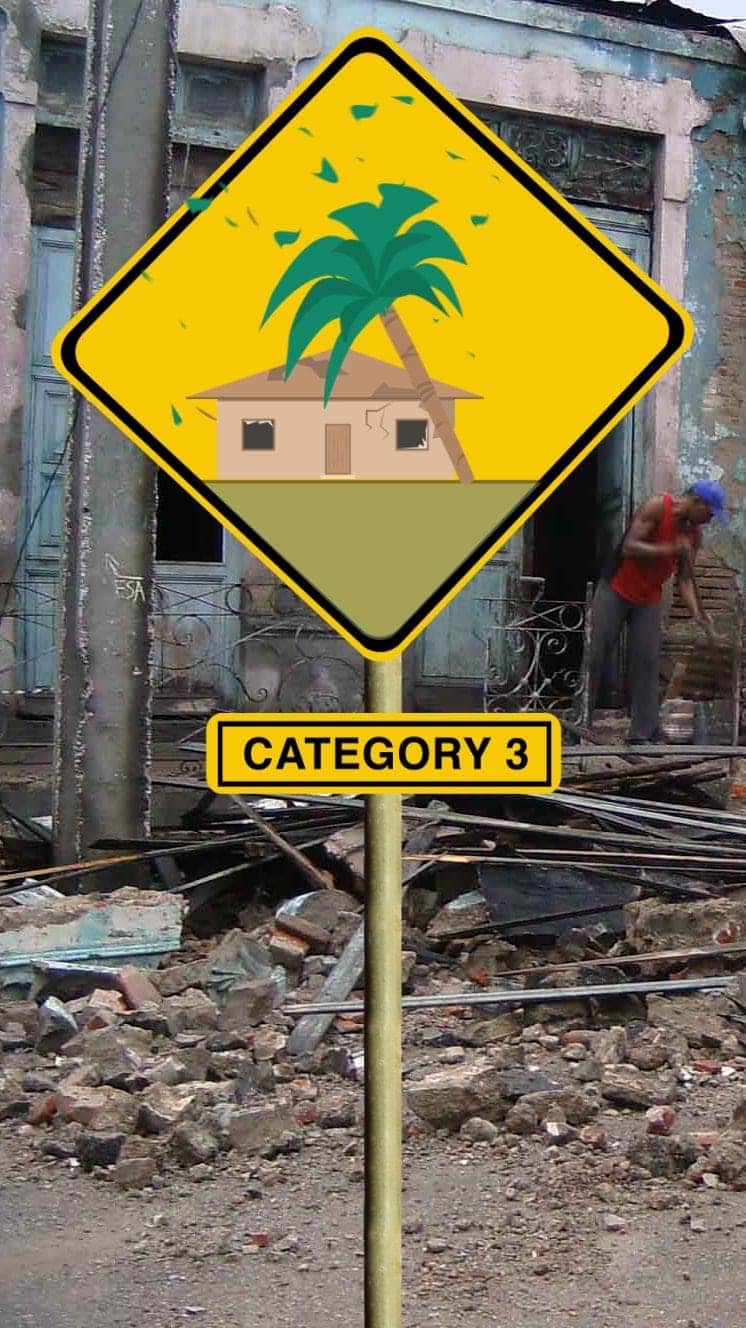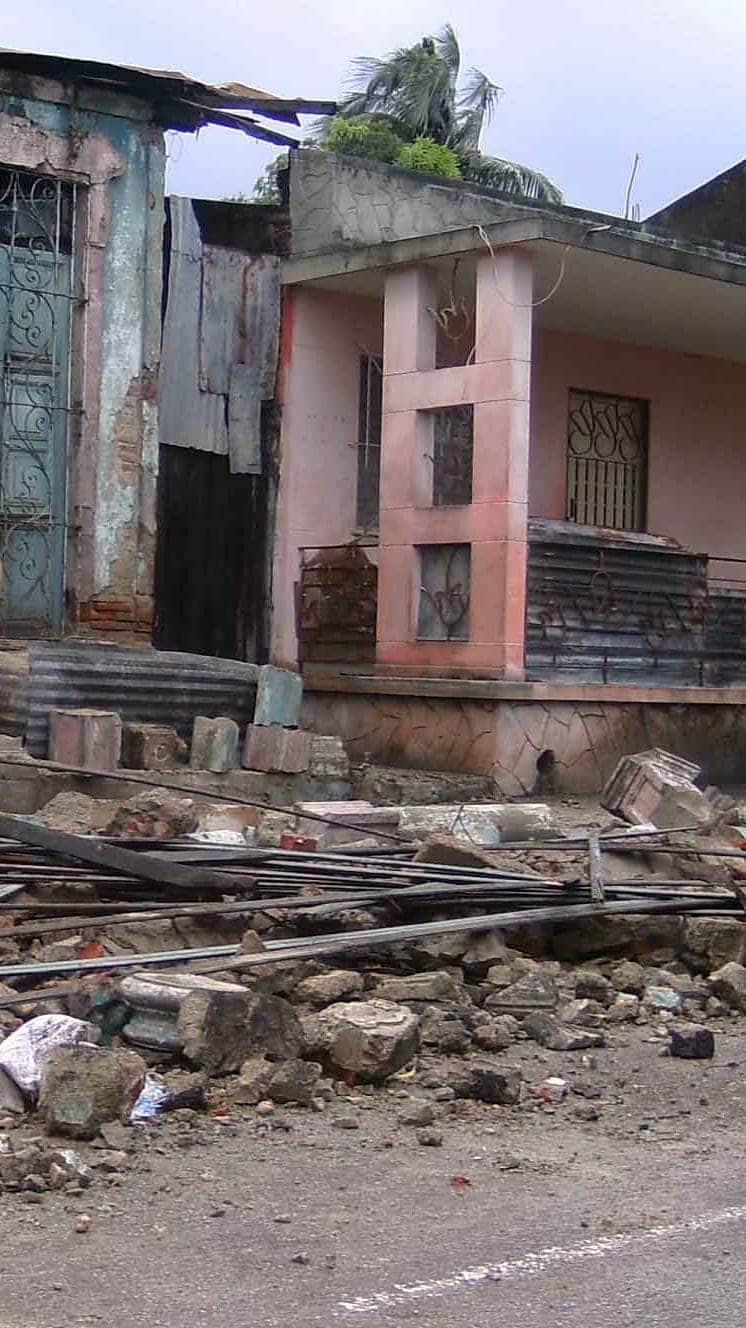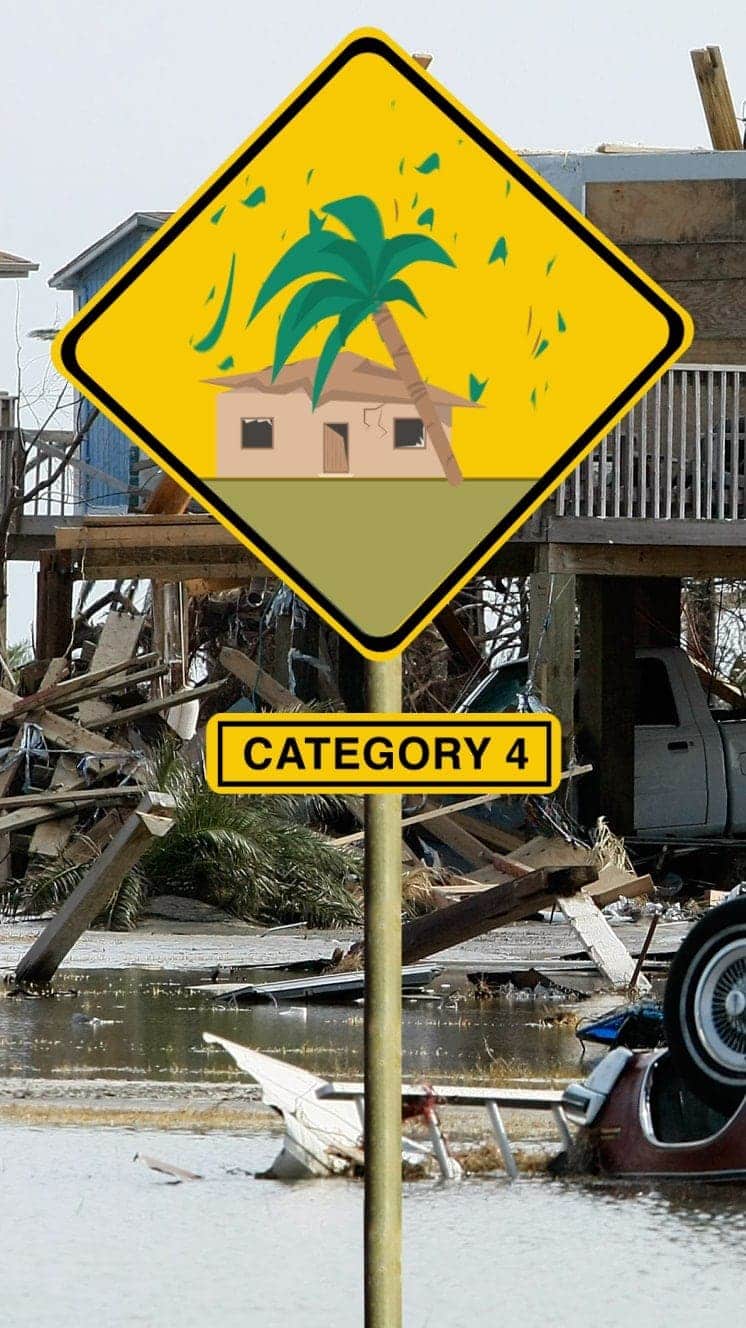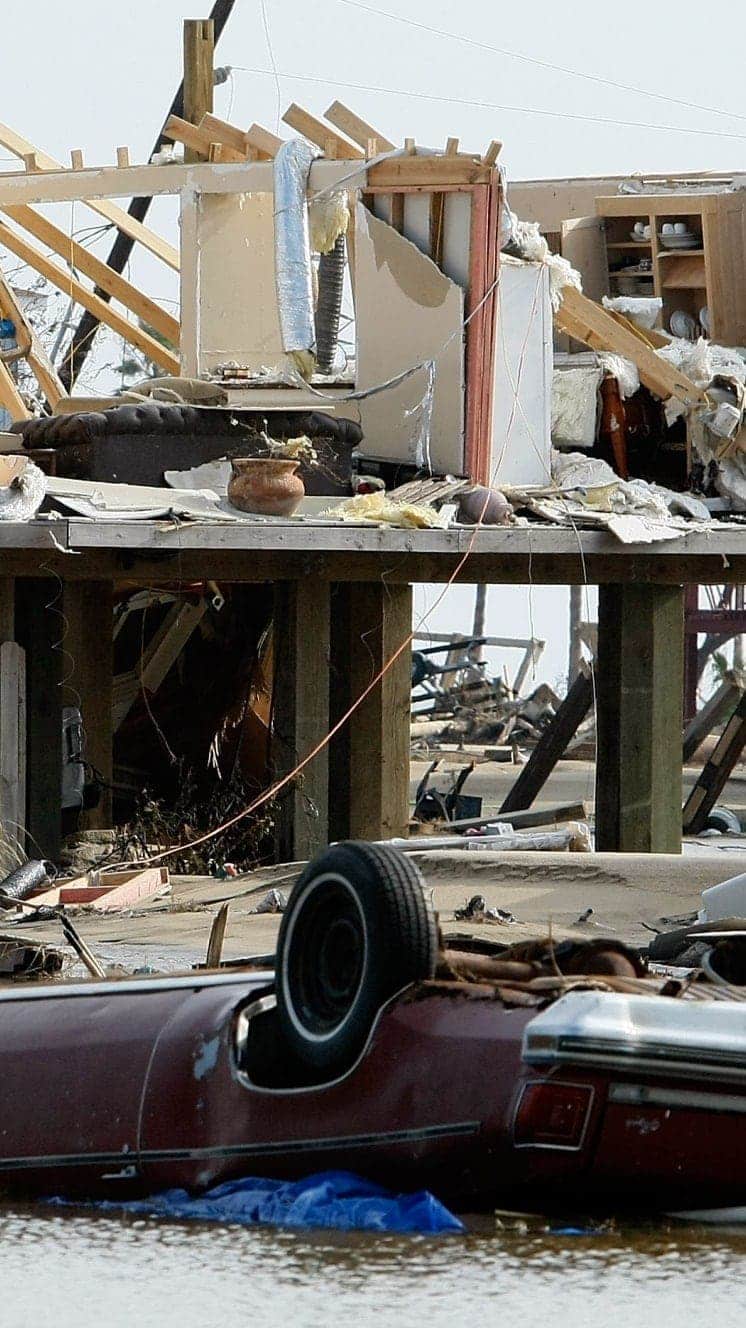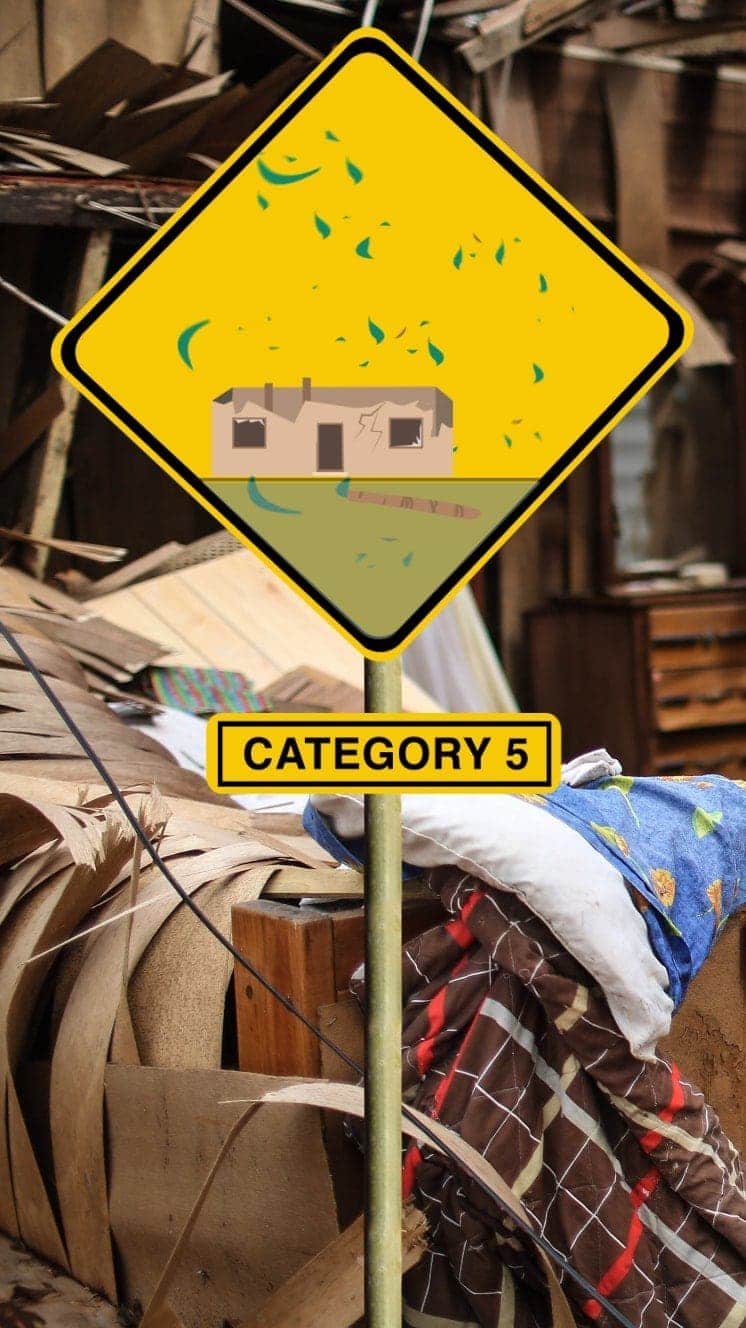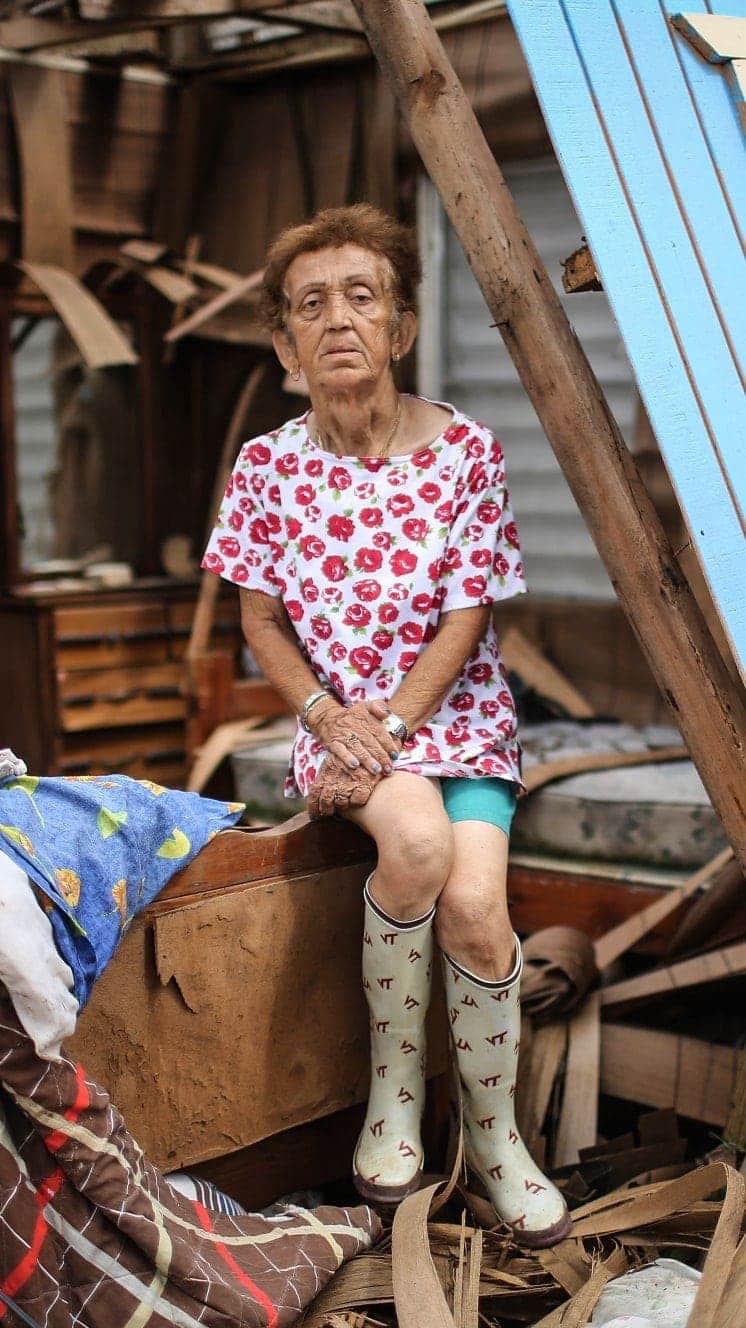Hurricane Dorian: Storm strengthens to category 4
- Published
Hurricane Dorian is heading towards Florida - the governor warns of a 'multi-day event'.
A powerful storm threatening the Bahamas and south-eastern coast of the US has grown to category four, the US National Hurricane Center (NHC) says.
Hurricane Dorian has maximum sustained winds of nearly 145mph (225km/h).
It is expected to grow even stronger, its centre potentially crossing the Bahamas before skirting Florida's east coast early next week.
Reports from the Bahamas described tourists scrambling to leave before the closure of the international airport.
States of emergency have been declared in Florida, Georgia, North and South Carolina. Residents have been urged to stock enough food, water and medicine to last at least a week.
Forecasters warn Dorian could be the region's worst storm since category five Hurricane Andrew killed 65 people and destroyed 63,000 homes in 1992.
US President Donald Trump said he was monitoring Dorian, which he described as "an extremely dangerous storm" on Twitter, external.
Hurricanes, whose strength can range from category 1 to 5 on the Saffir-Simpson scale, tend to get stronger as they move over warm waters like those off Florida.
By the middle of next week, forecasters expect Dorian to shift eastwards, putting the coasts of Georgia and South Carolina at risk.
What's the forecast?
The NHC said "life-threatening storm surge, devastating hurricane-force winds, and heavy rains capable of life-threatening flash floods" are expected to hit the Abaco Islands and Grand Bahama on Sunday.
Jeffrey Simmons, the deputy director of Bahamas' Department of Meteorology, said storm surges of up to 15ft (4.5m) were expected.
The country's National Emergency Management Agency believes that damage could be exacerbated by the fact that the storm's westward motion is forecast to slow, external - this would keep it over the islands for longer.
A tropical storm watch is also in effect for a 120-mile (193km) stretch of Florida's eastern coast, with hurricane-force winds possible along the state's coast by early next week.
Hurricane Dorian approaches the Bahamas
The coasts of Georgia, North Carolina and South Carolina are also at risk of strong winds and a "dangerous storm surge" during the middle of next week.
Dorian's exact path toward Florida remains uncertain but millions of people could be affected, as well as holiday attractions such as Walt Disney World and President Donald Trump's Mar-a-Lago resort.

Dorian is expected to drop up to 12in (30cm) of rain on the coastal US, with some areas getting as much as 18in. Tides in the region are already at some of their highest levels of the year, owing to a naturally occurring event.
A new moon, combined with the coming autumn equinox, has created what are known in Florida as "king tides". These are likely to exacerbate dangerous levels of flooding, forecasters warn.
How are the Bahamas preparing?
Bahamas Prime Minister Hubert Minnis has announced an evacuation order for parts of Grand Bahama and the Abaco Islands, both in the north of the archipelago.
All tourists have also been asked to leave over the last few days.
At a press conference, he begged residents to head for the country's main island to escape the "devastating, dangerous storm".
"I want you to remember: homes, houses, structures can be replaced. Lives cannot be replaced," he said, adding that 73,000 people and 21,000 homes were at risk.

How is Florida preparing?
Governor Ron DeSantis has declared a state of emergency for the whole state, as has President Trump. The governor has activated 2,500 National Guard troops, with another 1,500 on standby.
Shoppers in Florida have been queuing around the block to snap up supplies such as medication and fuel. Some petrol stations reported fuel shortages, while a few shops had run out of bottled water.
The coastal city of Miami ordered the removal of electric rental scooters from the streets to avoid any potential hazards.
Officials fear the rental scooters, operated by firms such as Lime, Lyft and Uber's Jump, could be swept away by strong winds, turning them into projectiles.
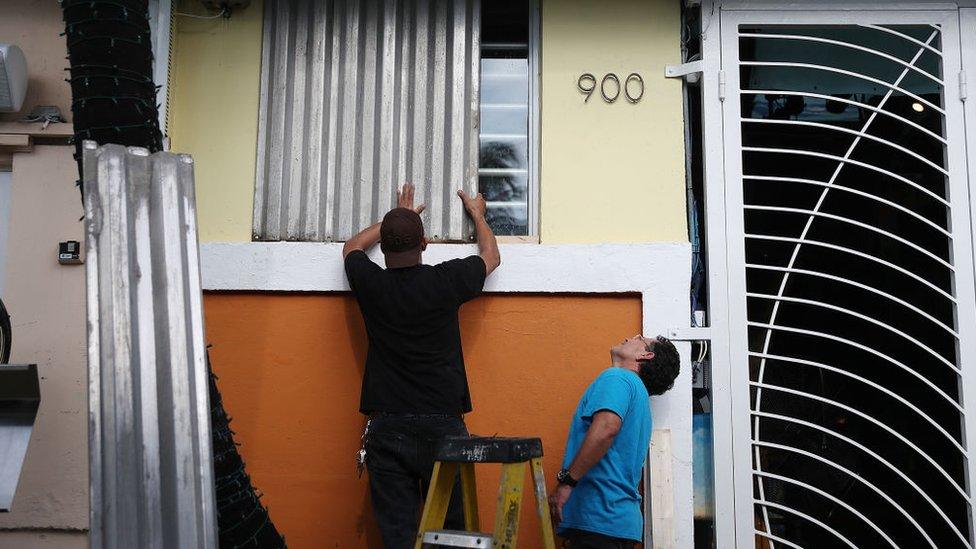
Workers place hurricane shutters over windows in Florida
No immediate mass evacuations have been ordered by state authorities but President Trump, who had warned that Dorian "could be an absolute monster", said a decision could be made on Sunday.
People have been asked to bring their pets with them in case of evacuation. On social media, the names of hotels that accept pets are being shared.
Orlando International Airport announced it was halting commercial flights from 02:00 (06:00 GMT) on Monday "out of an abundance of caution". Tourist resorts in the city remained open, however.
President Trump cancelled a planned trip to Poland because of the storm, sending Vice-President Mike Pence instead.

Are you in the affected region? If it is safe for you to do so, please tell us your story by emailing haveyoursay@bbc.co.uk, external.
Please include a contact number if you are willing to speak to a BBC journalist. You can also contact us in the following ways:
WhatsApp: +44 7756 165803
Tweet: @BBC_HaveYourSay, external
Send pictures/video to yourpics@bbc.co.uk, external
Text an SMS or MMS to 61124 or +44 7624 800 100
Please read our terms of use and privacy policy
- Published26 August 2019
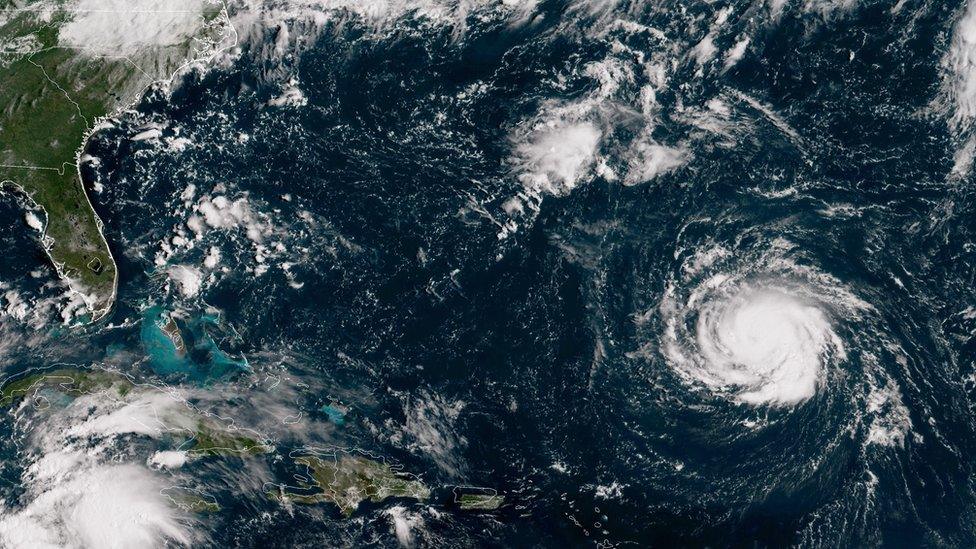
- Published8 August 2019

- Published22 July 2019
